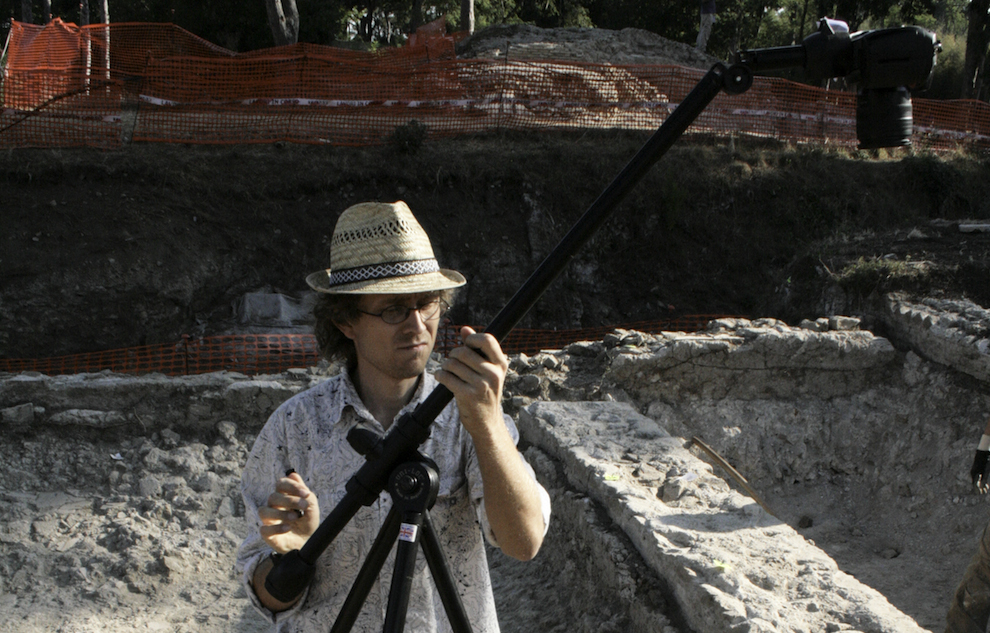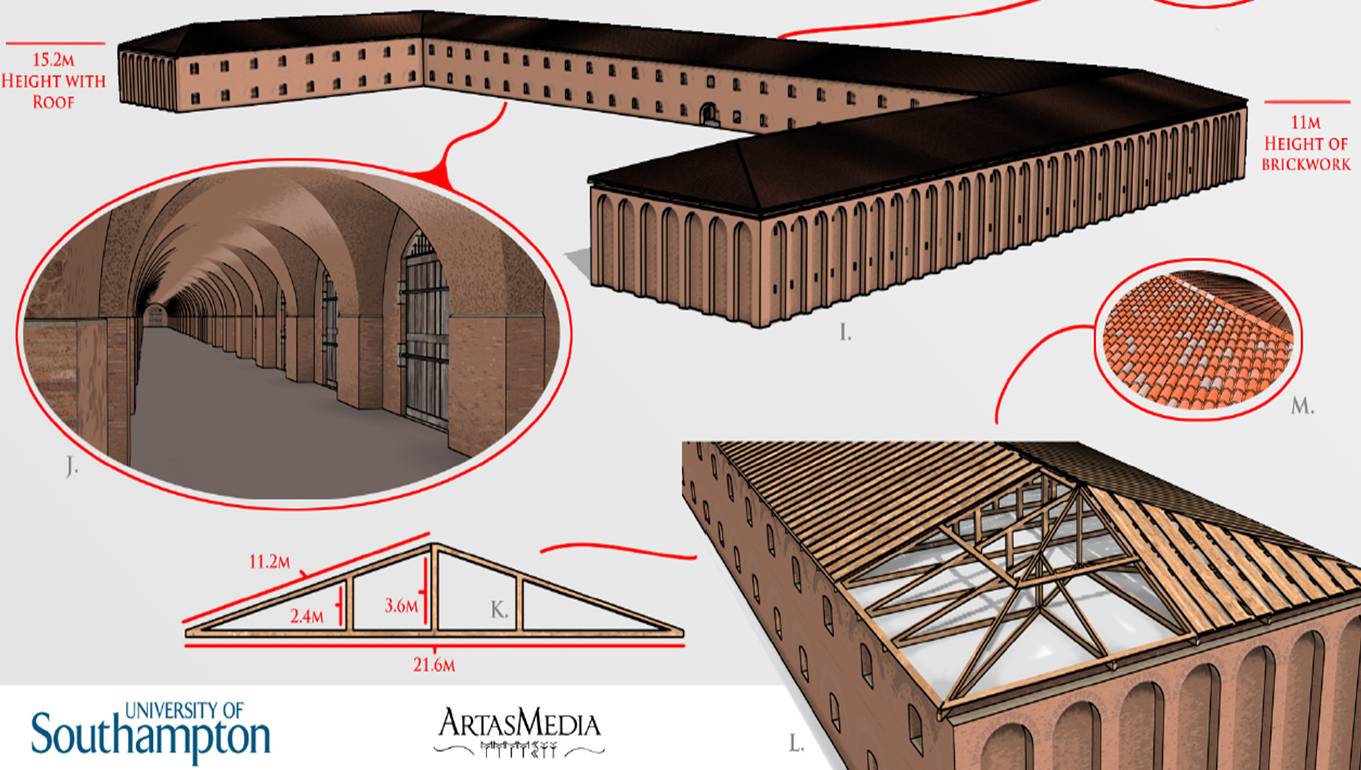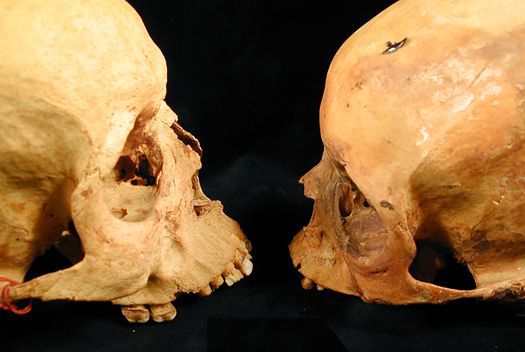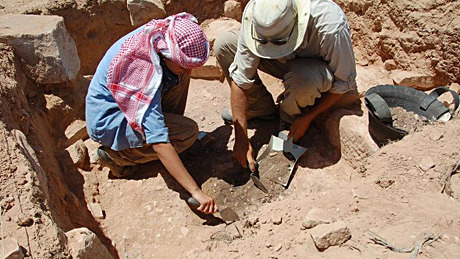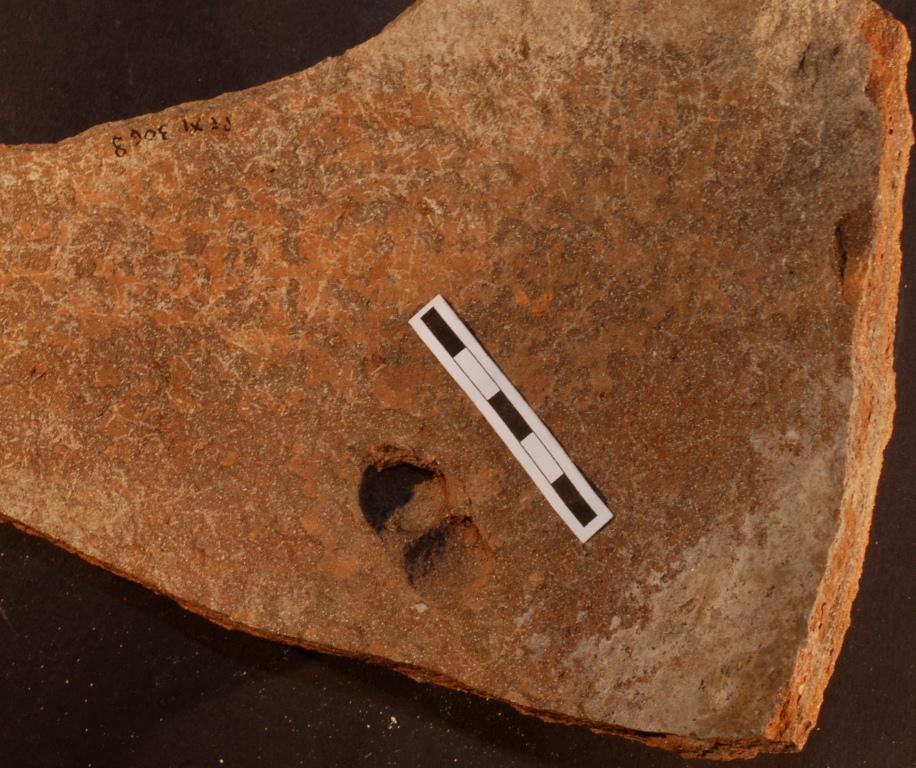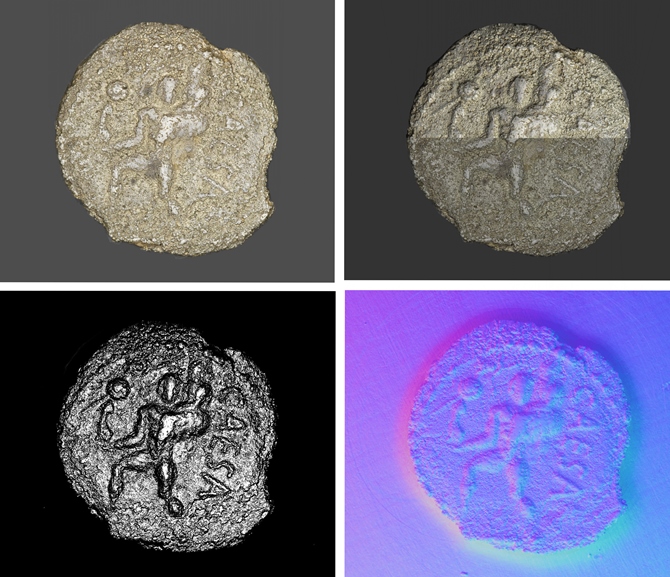Simon introduces the 2014 Portus Field School
The discussion of the Navalia and the nails relates to the following sections on the course:
Building Five - a possible Navalia
[Advanced] Nails and other metal artefacts from Building Five
Reconstructing Building Five
Use of Building Five
Some examples of the "spheres" that Simon refers to are embedded below and also available on our Portus profile on Sphere.
Continue reading →

